(Adams & Reeve, 1850)
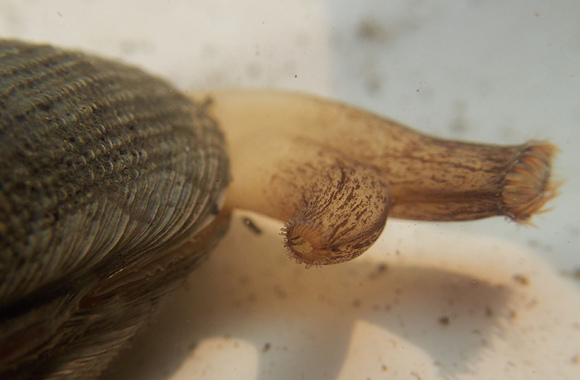
Original taxon: Venus philippinarum.
Above: live specimen in a fish market of Oakland, Alameda County, California. Notice the coloured siphons; they are whitish in decussatus. Original picture provided by T. Iwane for iNaturalist – (CC BY-NC).
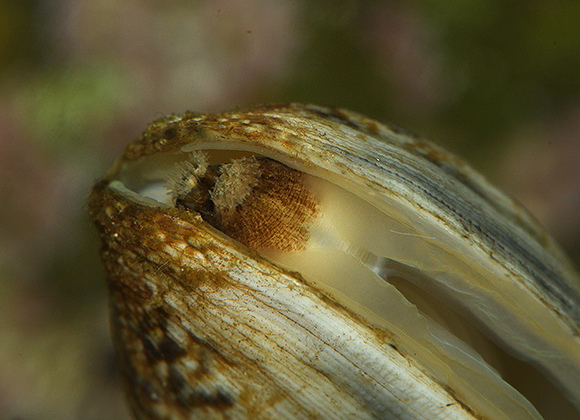
Shell rounded, more globose than decussatus, thicker, heavier; sculpture made up of less numerous and more marked radial striae, crossed by fewer concentric ribs; pallial sinus less deep, and rounder. – Above: a specimen with the siphons retracted, from Port-leucate, Occitania, S. France. Original picture provided by A. Bertrand (FR) – (CC BY-NC-SA).
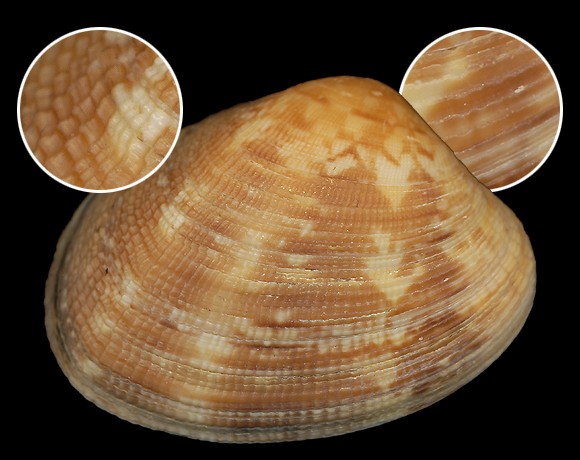
Specimen from eastern Siberia: at low tide, on muddy sand, Aniwa bay, S. Sakhalin. 37mm.
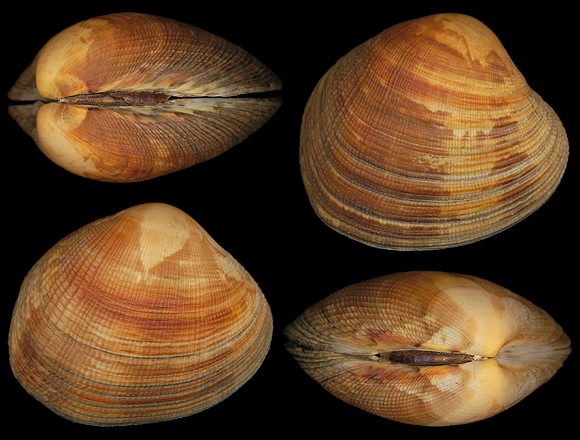
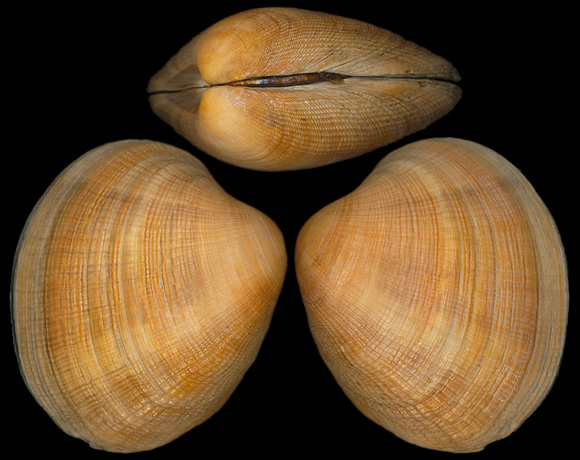
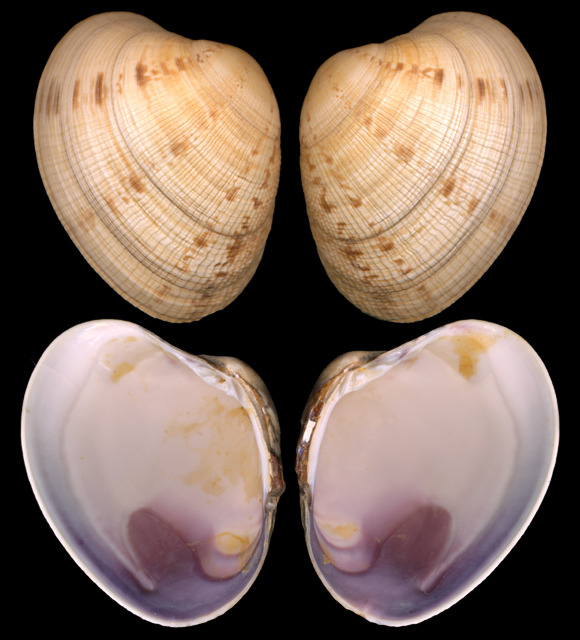
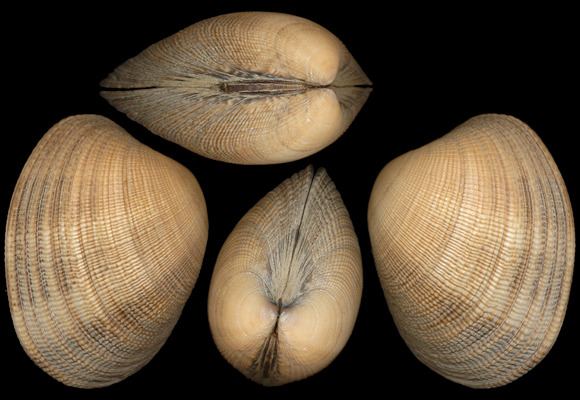
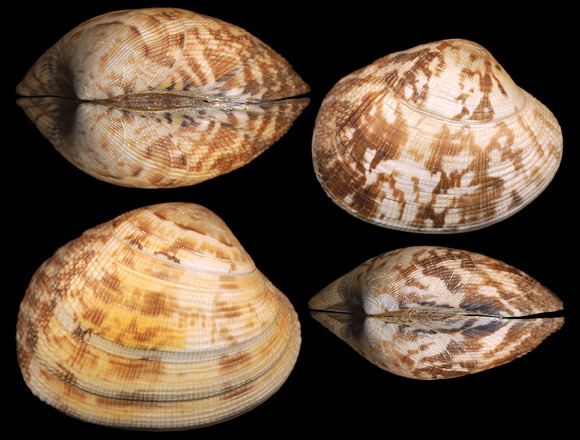
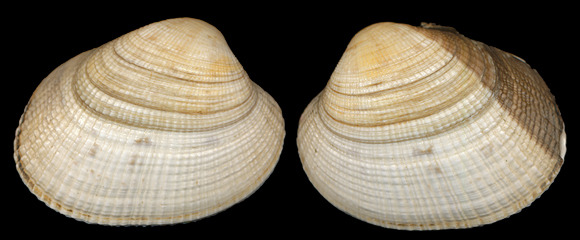
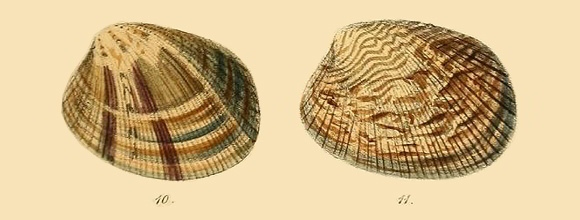
« Venus philippinarum: Pl. XXII. Fig. 10. — Testâ oblongo-ovatâ, anticè truncatâ, fulvâ, fusco variegatâ, obscurè radiatâ, radiatim liratâ, liris numerosis, subundatis, ad latera decussatim nodulosis ; intus partim violaceâ. »
« Venus tessellata: Pl. XXII. Fig. 11. — Testâ oblongo-ovatâ, anticè truncatâ, crassiusculâ, fusco alboque strigatâ et tessellatâ, radiatim multiliratâ, transversim tenuissimè striatâ, lunulâ lanceolato-ovatâ. »
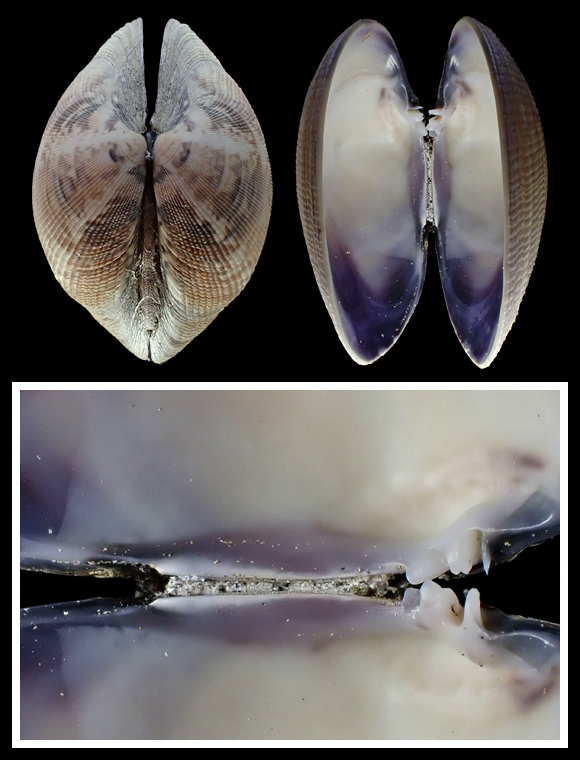
Saint-Quay-Portrieux, N. Brittany. 58mm.